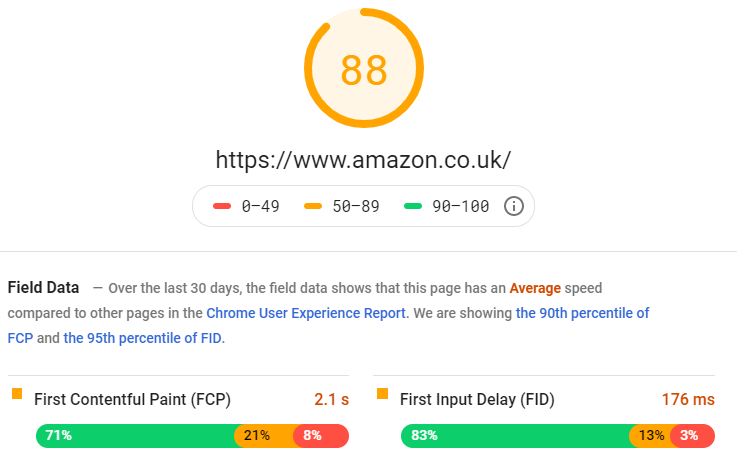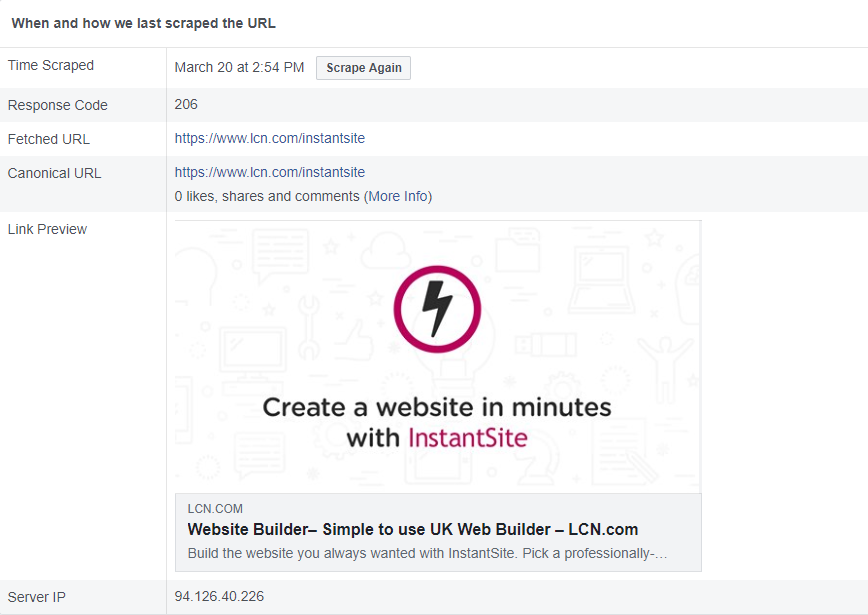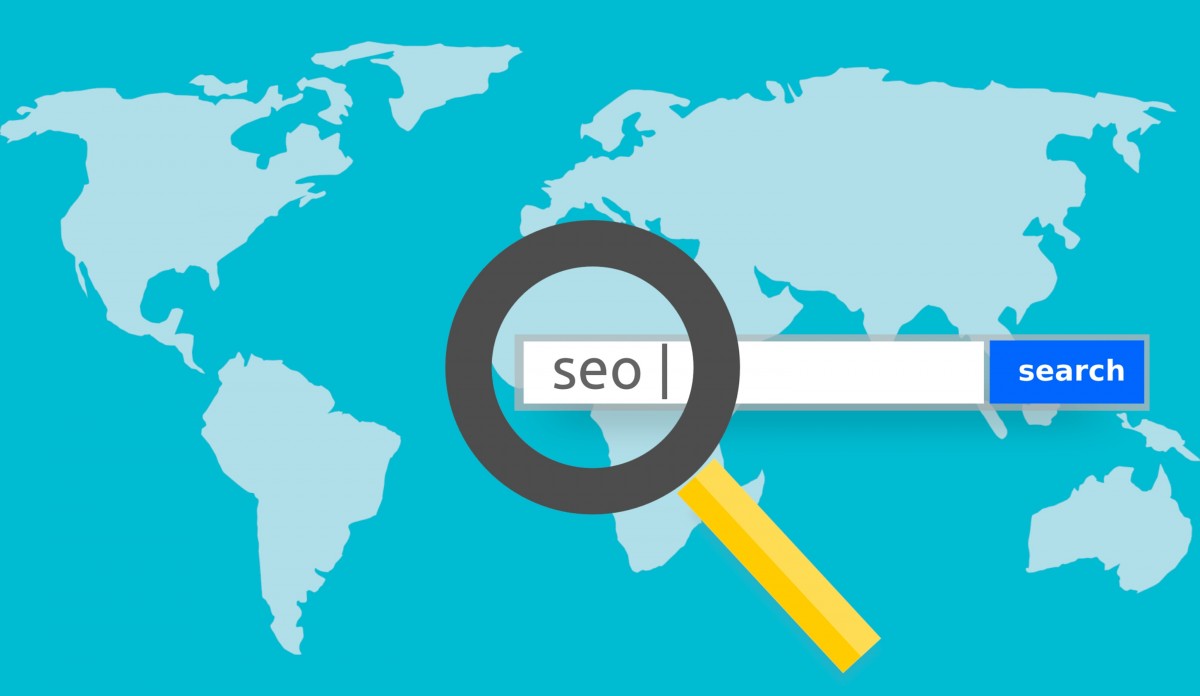Technical search engine optimisation (SEO) is a term used to describe the work that a webmaster will undertake to ensure that their website is fully in-tune with current search engine guidelines and can be successfully crawled, indexed, and ranked for all relevant search terms and phrases.
Marketers are often best placed to recognise the implications of making even minor SEO mistakes, however, it is generally developers who are tasked with making and implementing key technical SEO decisions.
Although this form of SEO is arguably not as time-consuming or as intricate as ongoing optimisation tasks such as content optimisation and link building, if your website’s technical efforts are not managed correctly, you could see the search performance of your most important digital asset plummet dramatically.
Your website may house the most informative, valuable, and engaging content in the world but if its technical optimisation efforts aren’t also pulling their weight, this content simply won’t perform at its expected level and might not be seen by anyone at all.
Technical SEO should ideally be considered during a site’s construction process. Otherwise, optimisation audits might be required to identify and address any problems that are preventing the site from reaching its peak level of performance.
Importantly, however, technical optimisation stretches far beyond the initial site build because alterations to search engine algorithms, a change in the direction of the business, and changes in customer demand can also drive the need to implement significant technical changes.
OK, so what exactly does technical SEO incorporate?
Here are some of the most important technical optimisation considerations in developing and maintaining a successful website.
Future-Proofed Site Architecture
As a site grows, its architecture needs to be able to cope with the increased and ever-changing demands being placed upon it. Planning a horizontal site is key to avoid pages becoming buried too deeply into a site. This could limit the ability of search engine bots to successfully crawl, cache and index pages regularly.
In the e-commerce landscape, categorisation should be carefully looked at but there is usually an array of other site architecture decisions that will need to be made, including:
- URL formatting
- The effective utilisation of subdomains
- Sitemap submission
- Integrating appropriate dynamic content parameters, such as product filters
Canonicalisation
Canonicalisation is a term that is used to refer to the process of selecting a preferred URL for an individual page when several choices could be made. Issues here often occur with homepages because several international URLs, such as www.YOURWEBSITE.com and http://YOURWEBSITE.com could all be pointing to the same page.
Accurate redirects and tags should be used to address these problems, which will ensure that search engines do not regard these URLs as evidence that your site contains duplicated content.
Website Cannibalisation
If similar on-site content is allowed to compete in search, you could see lower ranking positions across the board. This is why preventing website cannibalisation is crucial.
Addressing this risk requires a keen understanding as to which pieces of content you want to secure the highest ranking positions and an ability to determine the most appropriate internal linking, subdomain, and international site structures to achieve these objectives.
Pagination
This is often used when e-commerce categories contain an array of products because the likelihood of creating duplicate content, generating crawler problems, or risking the dilution of the relevancy of on-page content is markedly increased. The use of appropriate meta tags is essential to ensure that paginated content can rank well for relevant keywords, terms and phrases in search engine results pages (SERPs).
Speed Optimisation
In addition to being an important ranking factor, optimising site speed is important to keep audiences engaged. Today’s consumers don’t expect to have to wait more than a few seconds to access the content they are searching for. Site speed optimisation can be completed in a range of ways including implementing caching solutions, content delivery networks, and minifying code.

Redirection
Redirection is often used to ensure that each user is served the most appropriate and valuable content, which can be contextualised in a variety of ways including by device, language and location.
HTML Markup
HTML can be leveraged to deliver specific pieces of information directly to web crawlers and is required to ensure that content is correctly formatted and has the ability to perform at its best in search.

HTML markup can be used to cover:
- Twitter cards
- Title, header tags, and descriptions
- Open Graph, which tells Facebook what your content should look like
- Structured data markup, which will display rich snippets in SERPs
Remember, although search engines are getting markedly better at understanding information gathered from crawling and indexing, there are still improvements to be made.
If crawlers can’t figure out if your site houses the information that searchers are looking for, they will simply move on to another site.
Getting your technical SEO wrong can be extraordinarily bad for business and as search becomes increasingly competitive, it is now more important than ever before to dive into the technical aspects of your site to ensure that your business is the one that comes out on top.
